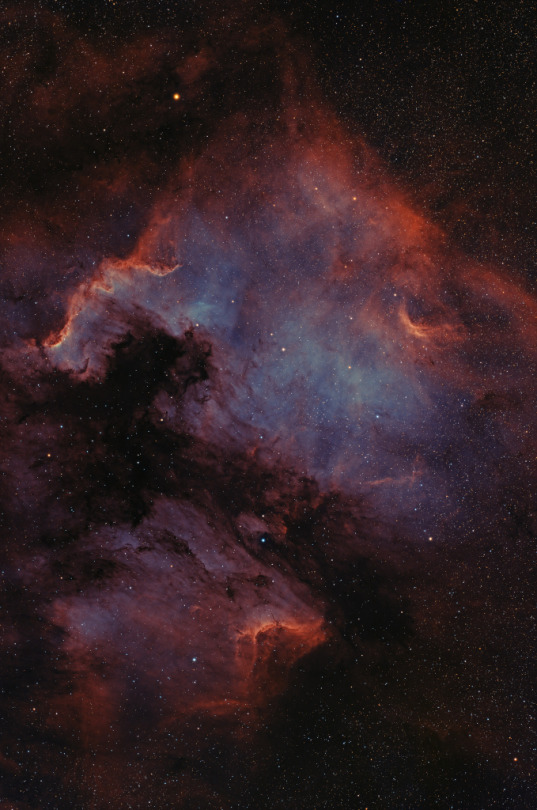Photo

North America & Pelican © Frank Sackenheim
3K notes
·
View notes
Text


Khari Turner
ArtPorn Magazine is on Facebook
More interesting stuff here
23 notes
·
View notes
Text

Julia Soboleva
ArtPorn Magazine is on Facebook
More interesting stuff here
65 notes
·
View notes
Text



Boris Pelcer
ArtPorn Magazine is on Facebook
More interesting stuff here
113 notes
·
View notes
Text

'Gremlins' by Casey Booth.
Officially licensed 24" x 36" screen print, in a numbered limited edition of 100 for $50.
On sale Thursday January 16 at 12pm ET through Bottleneck Gallery.
68 notes
·
View notes
Text

Flor Garduño - Leda, Switzerland (silver gelatin print), 2001
782 notes
·
View notes
Photo

La Chapelle Neanderthals, 60,000 years old.
440 notes
·
View notes
Text

Witchcraft Scene with Dwarves (Anonymous, 1700-10)
159 notes
·
View notes
Text

Get Thee Behind Me, Satan (Ilya Repin, 1895)
295 notes
·
View notes













